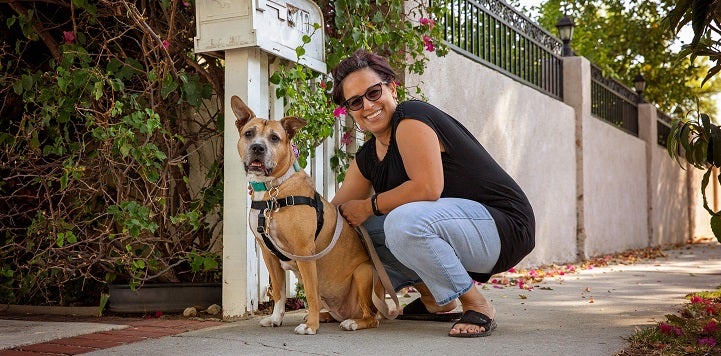
No-Kill Shelter Positive Outcome Study 2019
The goal of the Best Friends No-Kill Positive Outcome Study is to determine national positive-outcome benchmarks to establish goals for increased lifesaving and reaching no-kill. The shelter data in this study includes 2017–19 collected data from 2,114 no-kill shelters* with intakes higher than zero and a calculated save rate above 90%.
For a visual representation of the shelters included in this study**, please view our No-Kill Community and Shelter maps here.
*The exceptions are foster-based rescue groups that are contracted as municipal sheltering organizations (i.e., rescue groups with a government contract).
**This study is based on static data, whereas the No-Kill Community & Shelter map is updated regularly.
YEAR-OVER-YEAR DATA INSIGHTS
- Known data increased from 88% of shelters to 92% in our National Dataset.
- No-kill shelters increased from 1,844 to 2,118 (+274).
- No-kill shelters make up 58.7% of all shelters with data (3,608) and 43.7% of all shelters total. An increase of 2% and 7% respectively.
- The region with the most no-kill shelters changed from the Great Plains to the Midwest (397).
- The region with the highest percentage of no-kill shelters is the Mountain West (54.8%).
- Other outcomes (euthanasia, ORE, died, lost, and other negative) remain the same at 5.1%.
PROGRAMATIC DATA INSIGHTS
- Government-operated animal shelters make up the largest share of no-kill shelters, accounting for nearly 47% of all no-kill shelters and 48% of all shelters total.
- Adoption remains the leading outcome type for no-kill shelters at 63.4%.
- 57% of positive outcomes are local adoption highlighting the importance of public engagement and local marketing.
- Transfers out are at their highest in Nearly No-Kill shelters of all sizes.
- This is consistent with the concept that transfer out programs are a temporary measure for reducing pet populations while local community programs are in development.
- Further supported by adoption data which shows a steady increase in adoptions as lifesaving status moves towards No-Kill.
- Return to owner rates for felines (2.6%) are significantly lower than canines (18.3%; -15.7 points). This supports previous research that cats are more likely to return home when left/returned to their community and the need for community cat programming.
- Return-to-field outcomes (5.2%) are primarily feline and are an essential and growing component for reaching No-Kill. 115 of the 274 new NK shelters (42%) in this dataset did not report feline RTF data in the previous dataset drawing attention to its pivotal role in reaching no-kill.
- In growing Nearly and Not No-Kill shelters, keeping pets in their homes, or being able to return them home, yields a decrease in intakes and increase in positive outcomes which positively impacts save rates pushing them over the No-Kill threshold.
- Compared to Nearly No-Kill shelters, there is a significant decrease in intakes (61.5% feline, 64.7% canine) highlighting the importance of spay/neuter/TNR and owner retention programming.
COMBINED SPECIES NK BENCHMARKS
SPECIES SPECIFIC BENCHMARKS
NK SAMPLE SIZE COMPOSITION
ADOPTION OUTCOMES
RETURN TO OWNER OUTCOMES
TRANSFER-OUT OUTCOMES
The No-Kill Shelter Positive Outcome Study is an analysis of data included in the Best Friends dataset. This dataset is continually growing, changing and being updated. We intend to publish updated versions of research as frequently as possible, but this study was based on 2017-2019 shelter data.
If you are unsure if your shelter is contributing to the Best Friends dataset, you can submit your data here.
Download the Positive Outcomes Study 2019
Andie Peart
Senior Data Strategist
Best Friends Network